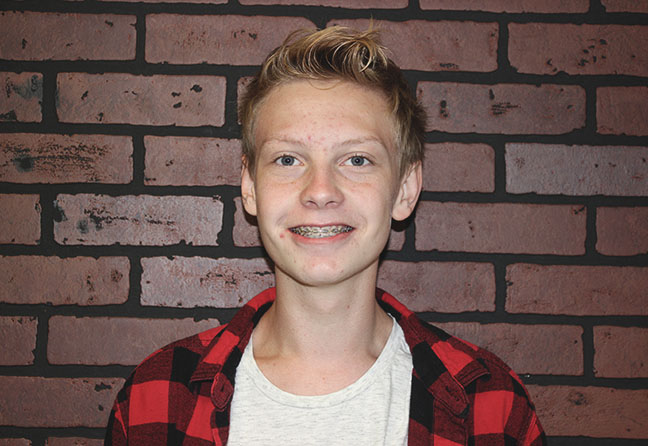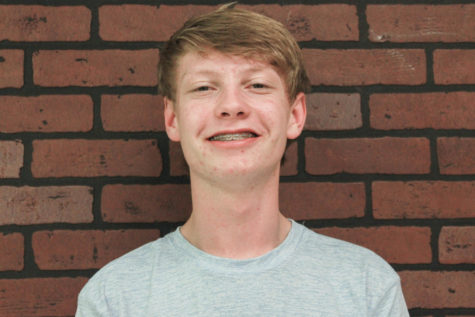As my sweaty hand pushed in the throttle, a jolt of sheer power flooded through the plane. The engine roared to life—dashes on the center line passed by faster and faster. At nearly 90 mph, the plane eased into the pale blue sky.
In the right seat was my flight instructor, Roger Putnam, a 96-year-old veteran who was slightly crabby and spontaneous. We both had that same unbreakable passion for flying, no matter what unexpected event would test it.
A few minutes following our departure, we leveled off at around 3,000 feet, and flew south along the Massachusetts shoreline. Out of the blue, Roger pulled out the mixture knob, cutting fuel from the engine. The propeller halted, the speed slowed and the nose dropped. Roger, in a raspy voice, said “Your engine quit, where are you going to land?”
I frantically looked out the window, trying to find a spot suitable to land a plane. It was difficult, Cape Cod is a peninsula layered with tall pine trees. Off to the left of the plane, a resort country club caught my attention.
With slight taps on the rudder pedals, the nose centered with the fairway, only 100 feet above the chilly waters of the North Atlantic. The numbers on the altimeter fell, “100 feet,” I called out… “75”… “50.”
The golfers darted to the side of the fairway, I couldn’t help but chuckle in the heat of the moment. “25 feet” escaped my mouth, and in the blink of an eye, Roger’s hand pushed the mixture knob in and turned the key—and like that, we were off in the sky again.
•••
We decided to head back to Provincetown, and just feet above the runway, Roger asked if I wanted to do a touch-n-go or a full stop landing. With no time to think, I blurted out “full stop!” Just moments later, an older plane came up behind us and announced his landing.
We pulled on to the taxiway, as the older plane disappeared under the tall marsh grass. I noticed he was pitched steeply downward, but didn’t think much of it. Just seconds later, a horrid smash rung—I flipped my head around my shoulder just long enough to see it.
The plane arose over the grass line, the propeller blades were mangled, the front landing gear pierced the engine, the windshield—what was left of it—was shattered and bolts were visibly flying off of the plane. It sank below the grass line again, followed by another grisly smash.
I was the captain of my plane, and without direction, I pulled off the taxiway. I got out feeling sick. I was worried for people I didn’t even know. The man and his wife in the older plane walked away with only minor injuries. Luckily, the front wheel missed their legs by inches when it went through the nose of the plane.
•••
It took me a year to get back into the pilot’s seat. I was scared—the images of that mangled plane kept me from the cockpit. After avoiding flying for a year, it was the next summer that a considerable amount of frustration boiled over. For me, the deeply rooted passion for flying in the sky weighed more than the potential risks it posed.
The very next day, I was back in my happy place I tried to push away. That was real commitment; yes, there was a substantial degree of risk, but I wanted to win. I needed to beat my fears.
That attitude went so much further than just flying. Risk-taking happens everyday—deciding to take an AP Test, making new friends, playing a sport, starting a business—all have varying degrees of challenge and uncertainty. I knew if I didn’t keep pushing to my end goal, I wouldn’t achieve success. As NHL player Wayne Gretzky once said, “You miss 100% of the shots you don’t take.”








